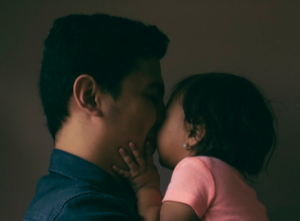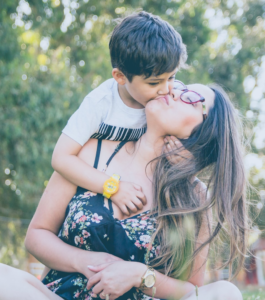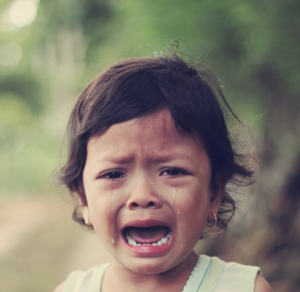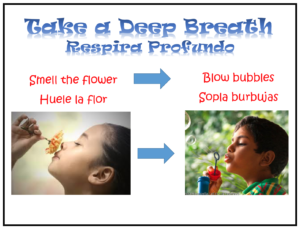We have all been there when our child is having a break down.
They are extremely sad, crying and inconsolable. As a parent, seeing them hurting is often painful for us. So when our child is in crisis we feel like we have to do something to help, and we say things like, “just calm down”, “you’re fine”, “there is nothing to be upset about”, “don’t worry” or “stop crying”.
But let’s pause for a second, does saying these things ever truly help?
Has your child ever immediately stopped being sad or said, “you’re right, I have nothing to be upset about” after you tell them that? The answer is probably not. To further prove this point, think of the last time YOU were upset and breaking down. When someone says things like this to you, does it ever make you feel better? The answer is probably not. If anything, it may even make us feel worse. So if it doesn’t help you, or your child…why do we continue to say these things? Usually the answer is simply because we don’t know what else to do.
When these break downs happen it is often because of something we as adults would consider small. It could be that they lost their favorite toy, someone said something that hurt their feelings, or maybe they are sad you are leaving them to go to work.
As adults it’s easy for us to dismiss the feelings of children. To us the things that upset them, often feel absurd or trivial. This makes it’s hard for us to empathize with them, and in turn we end up dismissing their feelings as a way to try and get them to stop being upset.
But the truth is, there is little we can do as adults to change how children feel inside. No matter how many times we tell them not to be upset, what they feel is real, and there is no way you can talk them out of feeling the emotions they have.
So what can be done to help when your child is breaking down?
Start by LISTENING to and VALIDATING their feelings.

Yes, to us it may seem extremely silly that they are crying because their popsicle fell on the ground….but to them, their feelings of sadness and frustration are very real. So instead of dismissing their feelings, listen for and validate them. This may look like you getting on their level, and with a calm voice saying, “It sounds like you are feeling really sad right now, loosing something that you really wanted can be really hard, and it’s okay to feel upset”.
By Listening and Validating, you are helping them develop very important social-emotional skills that will help them throughout their lives. Learning to identify and express emotions is the building block of emotional regulation, which is a key group of skills they will need to lead healthy and happy lives as they get older.
In addition, by listening empathetically and validating instead of judging when they are small, (and their problems are small) helps build trust and sets the stage for the kind of relationship you will need moving forward when they are bigger and their problems are much more serious. Putting the time in now to build that trust is CRUCIAL. When we don’t build that relationship now, it makes it extremely hard to try and build once they are older and the stakes are much higher.
After you have LISTENED and VALIDATED, you can help them calm down by using CO-REGULATION.
CO-REGULATION is the best way to help teach your child how to regulate their emotions. We often TELL our children to “calm down”, but kids don’t do as we say, they do as we do. So if we want them to learn how to calm down by taking deep breaths, we need to model it for them ourselves before they will begin to try it on their own.
So after you listen and validate their feelings, Co-Regulation could look like you saying, “when I feel sad, I like to take deep breaths, and the way I take deep breaths is by smelling the flower, and blowing bubbles” while you model with your finger pretending to smell a flower with a deep breath in, and then exhaling slowly to pretend to blow bubbles.
Once you model how to do it, encourage your child to try it with you. Be sure to give them lots of positive affirmations for using their tools to help calm themselves down. Teaching your child to regulate their emotions takes time, and as adults is often something we continue to work on. But through Co-Regulation you are teaching and modeling for them what to do, which significantly increases the likelihood of them doing it on their own.
When you LISTEN, VALIDATE and CO-REGULATE you are not only helping them feel supported in the moment, you are building a relationship full of trust, safety and love that will be there for years to come.


